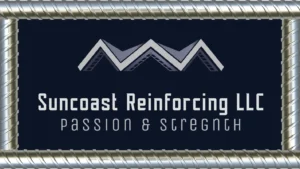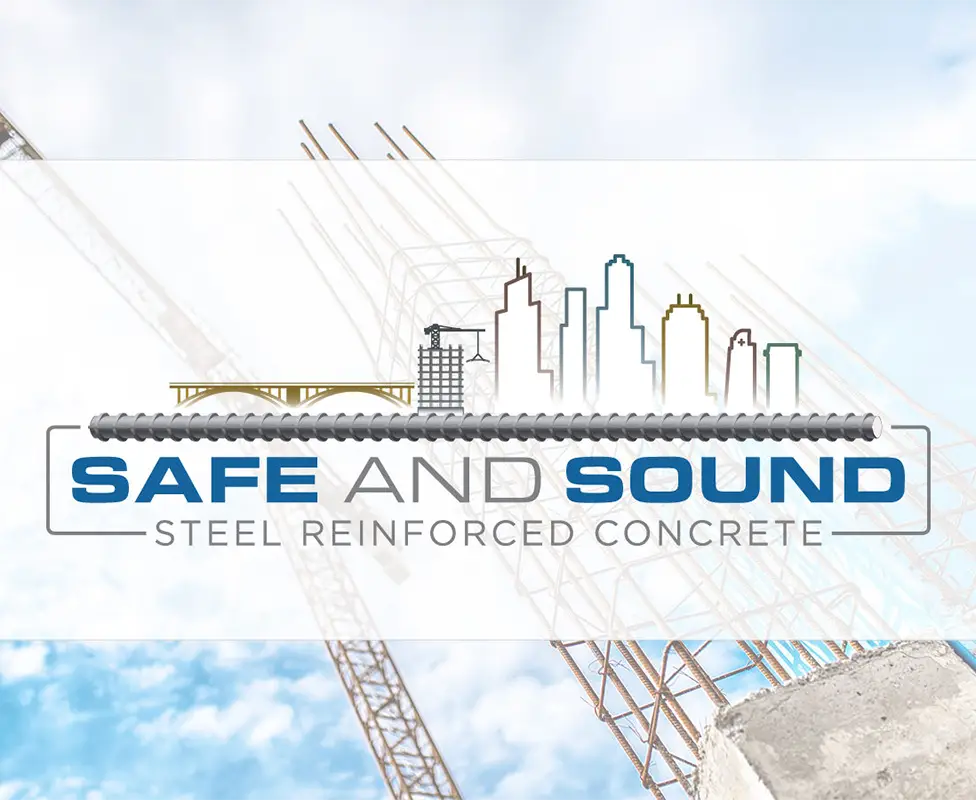From CRSI –
Concrete has been recorded in existence as long ago as 7000 BC. It was used by the ancient Egyptians, and the Romans used it to build the Coliseum and Hadrian’s Wall. Throughout history, concrete has proven itself to be a most adaptable and durable construction material.
However, it wasn’t until steel reinforced concrete was developed in the mid- to late-1800s that modern engineering possibilities were realized. It quickly became the building material of choice in constructing strong, durable homes, buildings, bridges and roads. In fact, the driving force behind the first reinforced concrete house was a safety concern; the home was particularly designed to be resistant to fires.
Steel reinforced concrete provides reliable protection during disasters, weather-related occurrences, and man-made events. Leveraging the inherent material properties is key to its performance against wind, fire, flooding, earthquakes, and other natural threats, as well as the intrusion of pests, rot, noise and vibrations.
Modern technology has led to remarkably high-performance concrete and high strength reinforcement as well. Buildings and bridges are now engineered to be taller, longer, and more extraordinary than ever before; all while remaining resilient and efficiently constructed. The best building material will enable rather than constrain possibilities.
Reinforced concrete takes on many forms and accomplishes many things — far beyond the structure itself. Most importantly, a safe and sound structure provides comfort and security.
The Benefits of Steel Reinforced Concrete (SRC)
Steel reinforced concrete is an attractive building material for many reasons, one of which being its ability to resist damage from human-caused and natural disasters.
As climate change increases the likelihood of extreme weather events, building structures from materials specifically engineered to withstand such challenges is increasingly necessary.
The benefits of a steel reinforced concrete structures aren’t limited just to their durability: concrete structures made with reinforcing steel are adaptable, economical, and sustainable as well.
Sustainable Steel Reinforced Concrete
Facing the realities of climate change, members of the construction industry have committed themselves to continuing and improving upon the sustainable development initiatives that have been in place since the early 1990s. When considered across their full lifecycle, steel reinforced concrete buildings are the smart choice for a builder prioritizing sustainability:
Steel reinforced concrete structures reduce waste and capture carbon over their lifecycles
Concrete can sequester carbon dioxide from in the atmosphere in a process commonly referred to as carbonation, offsetting the embodied emissions due to cement manufacturing over the life of the structure.
Additionally, concrete mix designs typically incorporate industrial by-products such as blast furnace slag and other materials that would otherwise be considered waste.
Local material production reduces transportation-related greenhouse gas emissions
The primary raw materials used to make concrete are abundant in most areas of the world and most ready-mixed plants are well within 100 miles of the project site.
A reduced shipping distance for local building materials minimizes fuel requirements for transportation and handling, as well as the associated energy and emissions.
Steel reinforcing bars used in reinforced concrete consists of nearly 100% recycled material
Virtually the entire feedstock of rebar is recycled each year, avoiding massive energy expenditures and environmental impact from mining.
Rebar recycling saves about 2,500 pounds of ore, 1,400 pounds of coal, and 120 pounds of limestone for every ton of steel reinforcing bars produced.
Steel reinforced concrete structures are energy efficient and reduce the demand for active heating and cooling
Because reinforced concrete has thermal mass, it improves the energy efficiency of structures, which helps reduce the greenhouse gases due to operational energy use.
The inherent thermal mass of reinforced concrete helps regulate temperatures and reduces and shifts peak energy demand, reducing energy consumption for heating, ventilation and air conditioning.
Steel reinforced concrete projects are backed by industry and governmental standards for sustainable construction
The United States Green Building Council (USGBC) has created a credit-based rating system called Leadership in Energy and Environmental Design (LEED).
LEED is used to evaluate the environmental performance of virtually any building while promoting sustainable design. Projects earn points for environmentally friendly actions taken during the construction phase and beyond.
Founded in 1924, the Concrete Reinforcing Steel Institut (CRSI) is a technical institute and Standards Developing Organization (SDO) that stands as the authoritative resource for steel reinforced concrete construction. For more information, visit www.crsi.org or contact CRSI at 847-517-1200 or [email protected].


0 Comments